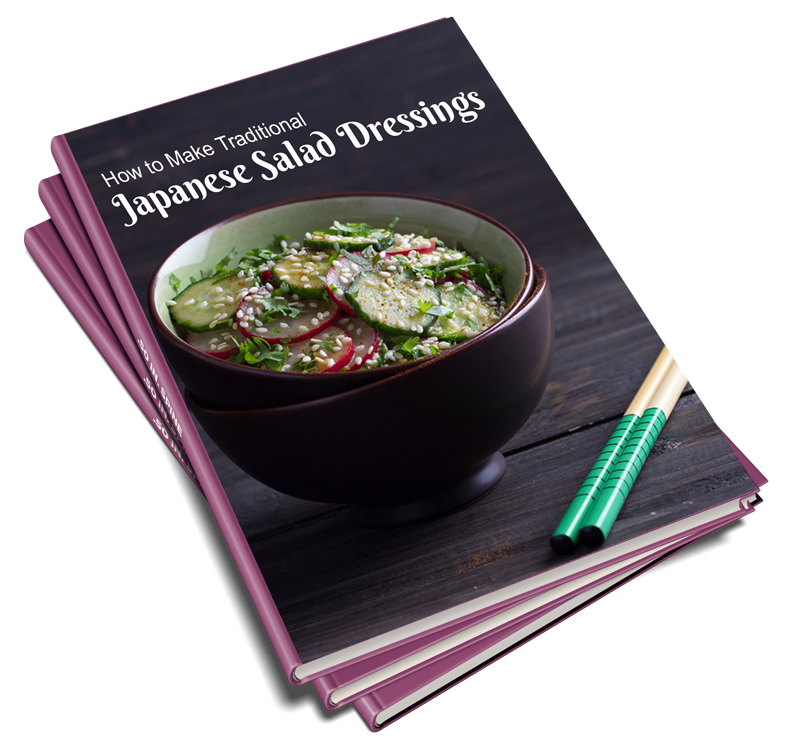 We know spring is here when fresh bamboo shoots start popping up from the ground. In keeping with the traditional Japanese concept of enjoying food during its peak season, why not try this tasty and easy version of bamboo rice to celebrate spring, the season of renewal. I know I am ready for spring….aren’t you?!
We know spring is here when fresh bamboo shoots start popping up from the ground. In keeping with the traditional Japanese concept of enjoying food during its peak season, why not try this tasty and easy version of bamboo rice to celebrate spring, the season of renewal. I know I am ready for spring….aren’t you?!
My very first blog posting two years ago was a bamboo shoot recipe, and so is today’s. This is one of my favorite mixed rice recipes. And if you can’t buy fresh bamboo shoots, this can still be delicious using precooked peeled and or canned bamboo shoots.

Bamboo Shoot, Chicken, and Fried Tofu Rice
Ingredients
- 1 piece of abura-age (fried tofu)
- 7 ozs. fresh*, precooked peeled or canned bamboo shoots, thinly sliced
- 3 ½ ozs. chicken breast, skinned and cubed
- 1 tablespoon vegetable oil
- ½ cup dashi (fish stock)
- 3 tablespoons low-salt soy sauce, or to taste
- 4 tablespoons sake
- ½ teaspoon salt
- 3 cups Japanese white rice, washed and drained
- 1 piece of kelp, wiped with a damp cloth
To garnish:
- Dried seaweed, cut into thin strips
Instructions
- Before starting, immerse the fried tofu in hot water for 10 minutes to get rid of the oil. Squeeze out excess water and slice into strips. If using canned bamboo shoots, boil for a minute or two and then rinse.
- Sauté the cubed chicken and fried tofu in oil. Add the sliced bamboo shoots, dashi stock, 2 tablespoons of soy sauce and 2 tablespoons of sake. Cook until all the liquid evaporates, roughly 10 minutes. Set aside.
- Place the rice in an electric rice cooker or large saucepan. Add the remaining soy sauce and sake, and salt. Place the piece of kelp on top. Add water and cook according to rice cooker directions or, if using a saucepan, until the water is fully absorbed. When the rice is done, remove kelp, add the chicken and vegetables and stir well. Cover and let sit a further 10 minutes before serving.
- Place in rice bowls and top with a generous amount of dried seaweed. Serve immediately. Clam soup makes a nice accompaniment.
Notes
Leave a note in the comments section and let me know if you made this recipe and how it turned out!
Get FREE Japanese Recipes by Email! Sign Up Now!





 When I was a college student in Tokyo, I would often pass mobile food stalls, called yatai, late on blustery winter nights and be completely overwhelmed by the powerful aroma of oden, or Japanese hodgepodge stew. Oden’s pungent smell and taste have made it a perennial favorite with drinkers, no matter the season. It is definitely a comfort food in Japan and can be enjoyed anytime by everyone.
When I was a college student in Tokyo, I would often pass mobile food stalls, called yatai, late on blustery winter nights and be completely overwhelmed by the powerful aroma of oden, or Japanese hodgepodge stew. Oden’s pungent smell and taste have made it a perennial favorite with drinkers, no matter the season. It is definitely a comfort food in Japan and can be enjoyed anytime by everyone.



